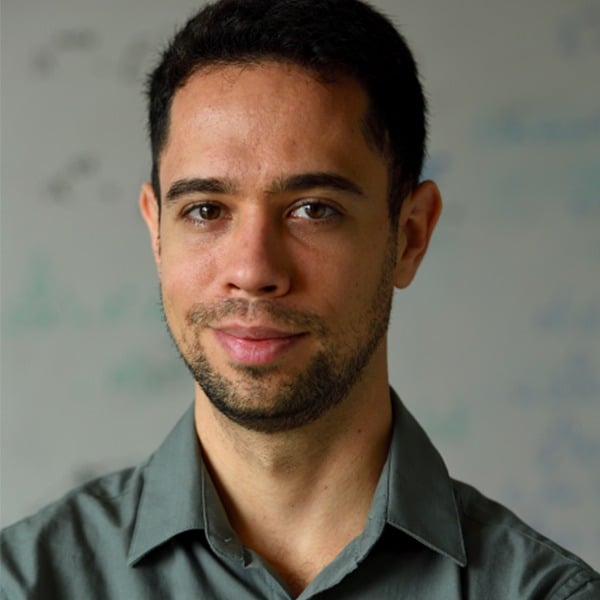Jeremias Sulam joined the Johns Hopkins Department of Biomedical Engineering as an assistant professor in October 2018. With an interest in computer vision and signal processing, Sulam plans to provide the department additional knowledge of machine learning and its application to biomedical problems.
In this interview, Sulam discusses his research, his passion for engineering, and his advice for current students.
What made you pursue a career in engineering?
As a kid, I would either take little gadgets apart to see how they worked, or try to tweak them so they would do what I wanted them to do instead. I guess the little gadgets progressively became bigger ones, and getting them to do what I want meant solving real-world problems.
Why did you choose Johns Hopkins BME, and what are you looking forward to most?
Even though I studied biomedical engineering as an undergraduate, I later went on to obtain my PhD in computer science. My desire to go back to biomedical sciences was always present, and I cannot think of a better place to pursue it than at Hopkins. This is the best place to bring new advancements in data science in order to tackle important medical challenges.
Can you give me a brief overview of your current research?
My research focuses around trying to understand the underlying information in data sources, from selfies to MRI scans and ECG signals. This is central if one is to employ this data to make decisions: Is that picture of a particular person? Is there anything unusual in the MRI scan or in the ECG that should be reported to a clinician?
One way of capturing this information is through signal models, which are mathematical constructions that explain (to some extent) how this information should behave or what natural properties it should have. Much of my recent work has been centered around sparse models and designing ways to adapt or train these models in high-dimensional settings. More recently, similar techniques have also enabled us to explore some fundamental principles behind deep neural networks.
This is particularly exciting, as there is an urgent need for a more thorough understanding of these new machine learning algorithms. For instance, how should these models be designed and deployed in cases where one cannot afford to make mistakes? Or even more interesting, how can we analyze the particular features that these algorithms have learned to recognize as important for producing a particular prediction? These are questions that lead my current research.
Have you ever experienced a “eureka moment?”
Not yet. I certainly remember moments when I came up with an idea and thought it was a pretty good one. These ideas and realizations are usually just the beginning of the path towards an interesting and important contribution, paved with hard work and dedication.
What do you consider your biggest research accomplishment so far?
I would say my biggest achievement so far has been part of a team that extended much of the theory of sparse representations to convolutional models, and connected them to convolutional neural networks.
What impact would you like your work to have?
There is currently a disconnect between modern machine learning techniques and their principle application to biomedical problems. I would like my work to provide some of the missing links that would enable these tools to be deployed in the medical domain and produce solutions to challenging problems.
What are your goals for the future?
I am very much looking forward to the interaction with other colleagues and students here at Hopkins, and collaborating with them to tackle some of the problems that I’m interested in while also helping them with their challenges. I’m sure all of this will develop into fun and exciting projects.
Do you have any career advice to offer to current students?
It’s a fantastic time to be a student in STEM. Let curiosity drive the problems you choose to work on, and be passionate about them.
What do you enjoy doing outside the lab?
I enjoy the outdoors, so I’m always looking forward to some time to run or hike. While indoors, I enjoy playing piano or listening to music.
What does the future of engineering look like to you?
Engineering, and perhaps all of science, has been evolving. Individual disciplines are disappearing, and the borders between them have blurred. In this sense, biomedical engineering is one of the most interdisciplinary types of engineering, and this can only expand to other disciplines in the future.
Technology and the access to vast collections of data are influencing these disciplines, too. Data science is changing the way scientists carry out experiments, or the way engineers come up with a particular design or a solution to an engineering problem. I believe we are in the infancy of a this data-driven era. This is very exciting as it will certainly provide ways to solve many of our current problems, but it will also bring to us just as many other fascinating questions to tackle. In fact, I believe the new BME 2.0 program is aiming for this very same point–training our engineers to identify and solve the new and most important problems in biomedical engineering–indeed, engineering the future of medicine–and I’m thrilled to be part of it.

